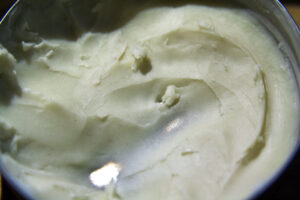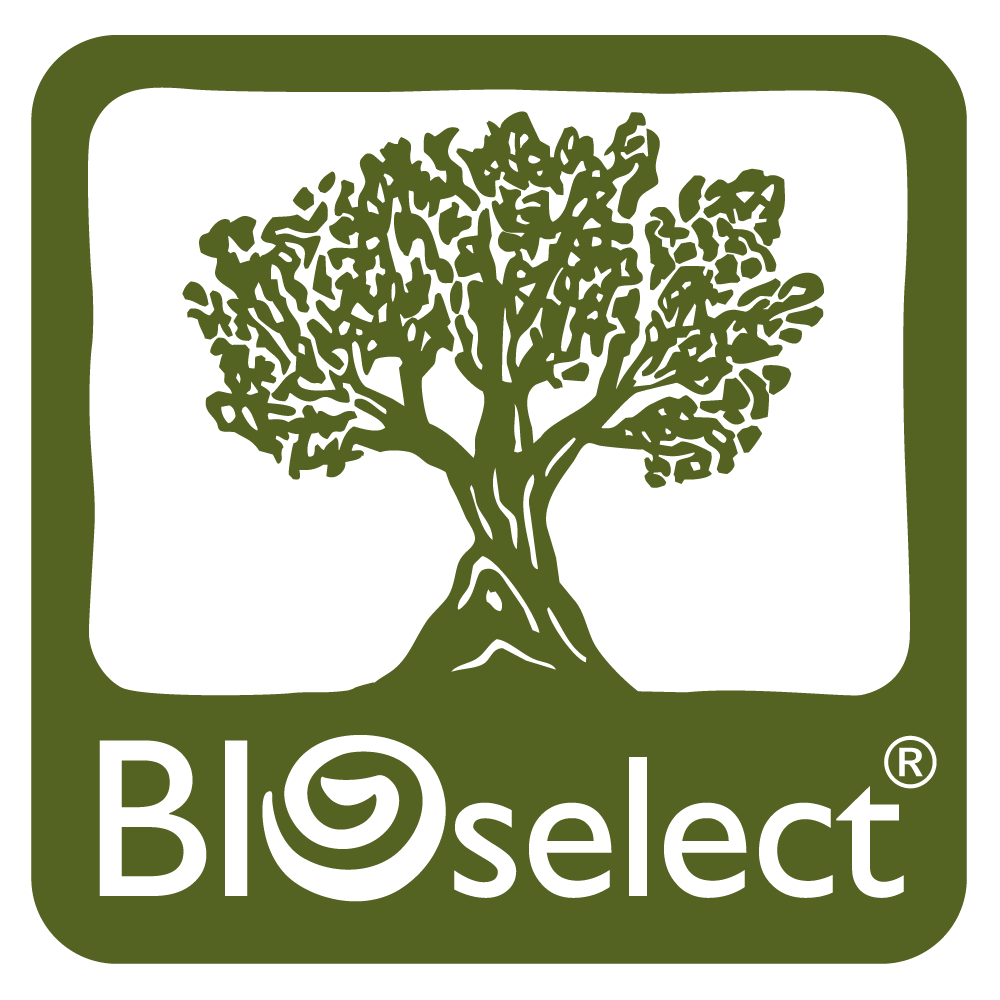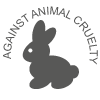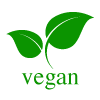 Butyrospermum parkii (Shea) butter*
Butyrospermum parkii (Shea) butter*
The natural fat obtained from the fruit of karite tree, Butyrospermum parkii. Also called karite butter, it is widely used in moisturizers, suntan gels and creams, cleansing products, indoor tanning preparations, hair conditioners, hair tonics and lipsticks.
Shea Butter is traditionally used in Africa not only as cooking oil but also as an anti-inflammatory for sprains and arthritis, healing salve and lotion for hair and skin care. Recently in clinical trials, Shea Butter was found to moisturize the epidermis and help to prevent wrinkle formation, soothe irritated skin and protect skin against climate and UV aggressions. Shea Butter also enhances cell regeneration and capillary circulation, which helps prevent and minimize stretch marks, inflammations, and scarring.
 The Plant – Shea Nut
The Plant – Shea Nut
Butyrospermum parkii, Shea or Shea nut, (syn. Vitellaria paradoxa, B. paradoxa) is a tree indigenous to Africa, occurring in Mali, Cameroon, Congo, Côte d Ivoire, Ghana, Guinea, Togo, Nigeria, Senegal, Sudan, Burkina Faso and Uganda. The shea fruit consists of a thin, tart, nutritious pulp that surrounds a relatively large, oil-rich seed from which is extracted shea butter.
Shea trees take approximately 31 years to reach maturity.
A traditional food plant in Africa, this little-known vegetable has potential to improve nutrition, boost food security, foster rural development and support sustainable landcare.
A number of steps are required to process the seed and obtain shea butter. First, the outer pulp is removed. Second, the shea nut is shelled; historically, shelling is done by mortar and pestle or by crushing the shell with stones; however, the Universal Nut Sheller is an appropriate technology that reduces a significant amount of labor involved in shelling shea. Once shelled, the seed is then roasted and either ground down or pressed to extract the oils that make shea butter.





